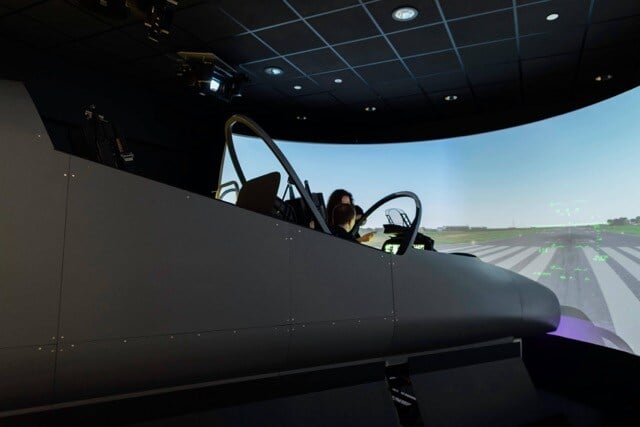Accurately predicting flow behavior around an airfoil can be a technically complex challenge. It involves defining appropriate eyelet and element sizes for the mesh model – the finer the mesh, the higher the simulation runtime. An additional challenge was to perform the simulation within a stipulated timeline for the project. The other major challenge for the team was defining the process to use the cloud. This included registering on the Azure cloud platform and learning to use its many features.
The team performed the aerodynamic study with an incompressible airflow around a 2D airfoil. The model setup included preparing the geometry for a surrounding air volume with the airfoil profile at the center. The airfoil profile needed to be accurately modeled to capture the variation in the airflow pattern around the airfoil.
The model was setup in OpenFOAM, an open source software application and the CFD simulations were performed on Microsoft Azure. The main objective of this study was to evaluate the HPC performance of Azure.
-
How while complex OpenFOAM simulations require big hardware, Simr and Microsoft Azure proved equal to the task.
-
How the cloud enables advanced computations that could never be attempted on a normal workstation.
-
How the combination of Microsoft Azure, Simr Containers, and OpenFOAM required minimal setup and produced outstanding results.
This document is based on one of the more than 200 technical case studies that have been generated by engineering teams participating in the Simr Experiment. You will benefit from the candid descriptions of the problems the teams encountered, how they solved them, and lessons learned.






